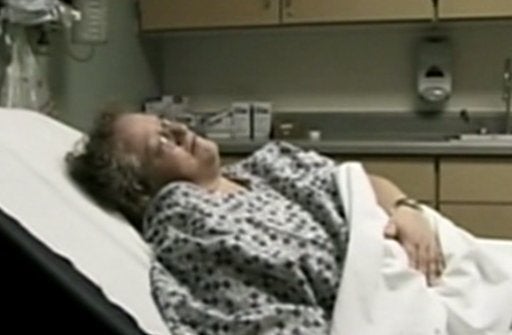
Want Real Health Care Reform That Dramatically Cuts Costs and Improves Care? Stop Thinking Insurance
While most Americans favor health care reform, the majority are now against proposed plans that expand the government role in providing health care. The public is not only skeptical of the promise of improved access and delivery, but also very suspicious about claims of cost reduction through the elimination of waste. Historically, health care programs end up costing five to 10 times their original estimates.
For instance, Hawaii tried a system with a public option intended to cover more individuals; the program was dropped within seven months as costs spiraled out of control. Other states have had similar experiences.
A major problem with the current insurance model is that it does not work for services used on a routine basis. Insurance is designed to work for services that are unexpected and is a very poor and ineffective method of delivery for routine, expected services. With such a system, costs skyrocket and care is poor.
With the current insurance model the only cost containment is denial of service by the insurer. Patients with insurance pay a premium, so rightfully they want to get as much as they can for their money. Similarly, doctors seek as much treatment as they can from the insurance company, being naturally drawn to procedures that are paid the most by the insurers. Thus, to contain costs, insurance companies must deny treatment. Medical decisions are influenced more by what the insurance company will likely pay for than what is medically appropriate. Routine medical treatments are routinely denied payment or require "prior authorizations" from doctors, meaning they must fill out multiple forms to prove their patient needs a particular treatment. As a result, costs rise and care declines.
Doctors start to realize what the insurance company will pay for, which is usually high-price procedures and specialty services. Over time this results in huge amounts of unnecessary costs and an overabundance of specialists (lack of primary care physicians). Care further declines because physicians find that they can make much more money by spending little time with patients. Doctors are no longer doctors but rather now serve as intermediaries between the insurance company and patients.
The system needs to change so that it empowers patients and physicians to work together to provide the most appropriate treatment in the most cost-effective manner. Medical savings accounts -- with negotiated rates to prevent overcharging -- would be a step in the right direction. An even more significant change would be converting to payment on a cash basis. We have found that, almost without exception, laboratories, doctors, and other services will happily take 70% less if paid in cash at the time of service. They have found that their costs are increased by that much if they have to bill insurance companies and incur other expenses -- plus the risk of denial -- in an effort to obtain payment which, if approved, generally arrives 30 to 300 days after initial billing. For instance, we have contracts with the major laboratories at 70% less than what they bill insurance companies. CT scans and MRIs, usually billed $2500 to $3000 to insurers, are contracted at a rate of $300; colonoscopies that doctors bill at $1500 are done for $400. The cost savings are not in the care but rather the system.
Most patients with "good" insurance are relieved when their insurance pays 50-70% of the bill. They are of course surprised to find, however, that their co-pay is usually more than the cash price would have been for the service. An example is patient SC who visited our office. Extensive lab work was done (21 tests). The lab billed the insurance $1800 and the insurance paid $1200; the patient was billed a $600 co-pay. The cash price would have been less than $400.
What is the solution? It is to expand medical saving accounts. But in doing so, the government must require that all doctors, laboratories, hospitals and other services post their rates, and cash must be the least expensive rate. With these entities competing against one another, costs will plummet and quality will improve.
You ask, what about those who cannot pay out of pocket? Instead of an employer paying, say, $500/month to a third party payer, $400 per month goes into the medical saving account and $100 towards catastrophic care insurance. Most of the money rolls over each month to be potentially used in the future, but some can be returned to the patient. This is a big incentive to keep costs low. With all the money saved on routine and semi-emergent care, better insurance can be provided for those most in need. Under this model, physicians would be able to provide the best medical care possible at the most cost-effective price.